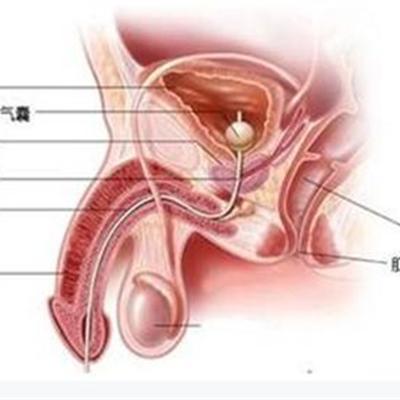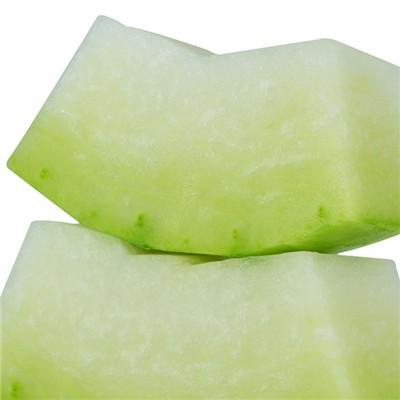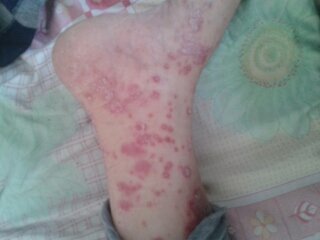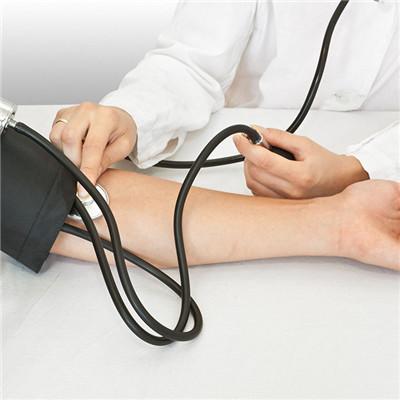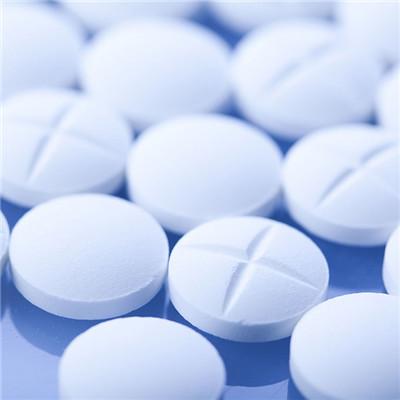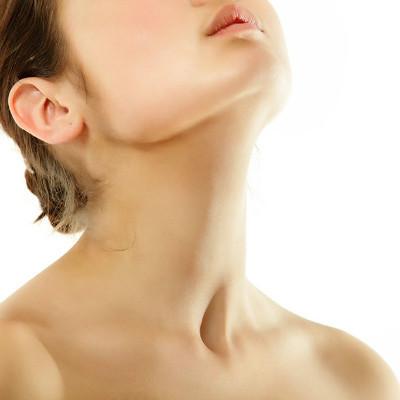What is continuous acrodermatitis?
summary
Hallopeau's acrodermatitis is a chronic, recurrent and aseptic pustular skin disease. It is characterized by repeated aseptic pustules with nail changes at the end of fingers and toes. The etiology is unknown. At present, it is considered to be a rare type of pustular psoriasis. What is continuous acrodermatitis?
What is continuous acrodermatitis?
1. This disease first occurs at the end of fingers and toes (fingers are more common than toes), and most of them have a history of local mild trauma or infection. The lesions showed clusters of millet sized pustules on the basis of erythema. After the pustules dried up, scales and scabs were left behind. After removing scales or scabs, red and erosive surface or glossy erythema could be seen. Before long, there were new pustules in the same place, one after another. The lesions gradually extend to the proximal end, and may invade the whole finger, toe, hand and foot, but usually not beyond the wrist and ankle joints

2. The patients with recurrent and prolonged disease may have atrophy of subcutaneous tissue, bone absorption, thinning of fingers and toes, and even loss of distal phalanges. It is often accompanied by nail changes, such as tarnishing of the deck, vertical and horizontal grooves, redness and swelling of the nail bed, repeated small pustules, and severe deck shedding. It may be accompanied by mucosal damage such as tongue. The patient felt pain and burning sensation consciously. The atrophy of skin and subcutaneous tissue led to flexion contracture deformity of the affected fingers (toes) and limited movement. Generally, there are no systemic symptoms.
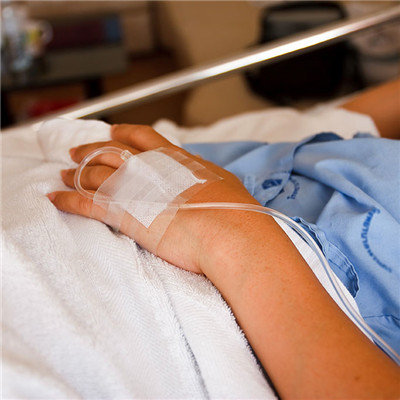
3. It is difficult and resistant to various treatments. Topical drugs include various glucocorticoid creams, vitamin D3 derivatives (such as calcipotriol ointment, calcipotriol betamethasone cream), calcineurin inhibitors (tacrolimus, pimecrolimus cream), etc. Combined with systemic therapy, satisfactory results can be achieved in a short time, such as tretinoin, cyclosporine A, methotrexate, etc. In recent years, it has been reported that biological agents, such as etanercept, infliximab and adalimumab, have achieved good efficacy in the treatment of refractory cases with little adverse reactions.

matters needing attention
Continuous acrodermatitis, should not eat more nail, avoid spicy food, avoid greasy food, eat less sweet and salty food, in order to facilitate the recovery of the skin. Clam meat is cold and salty. It can nourish yin, remove phlegm, soften and firm, and benefit water. It has the effect of Nourishing Yin, improving eyesight, softening and firm, and removing phlegm. It can be eaten by the general population. It can reduce serum and cholesterol. However, it should be noted that many shellfish are hair products, and people with chronic diseases should be cautious in eating them. Shellfish are mostly cold, and those with deficiency of spleen and stomach should not eat more. Women should avoid eating during menstruation and postpartum period, those with cold and cold, and clams should not eat with beer, otherwise it is easy to induce gout.

